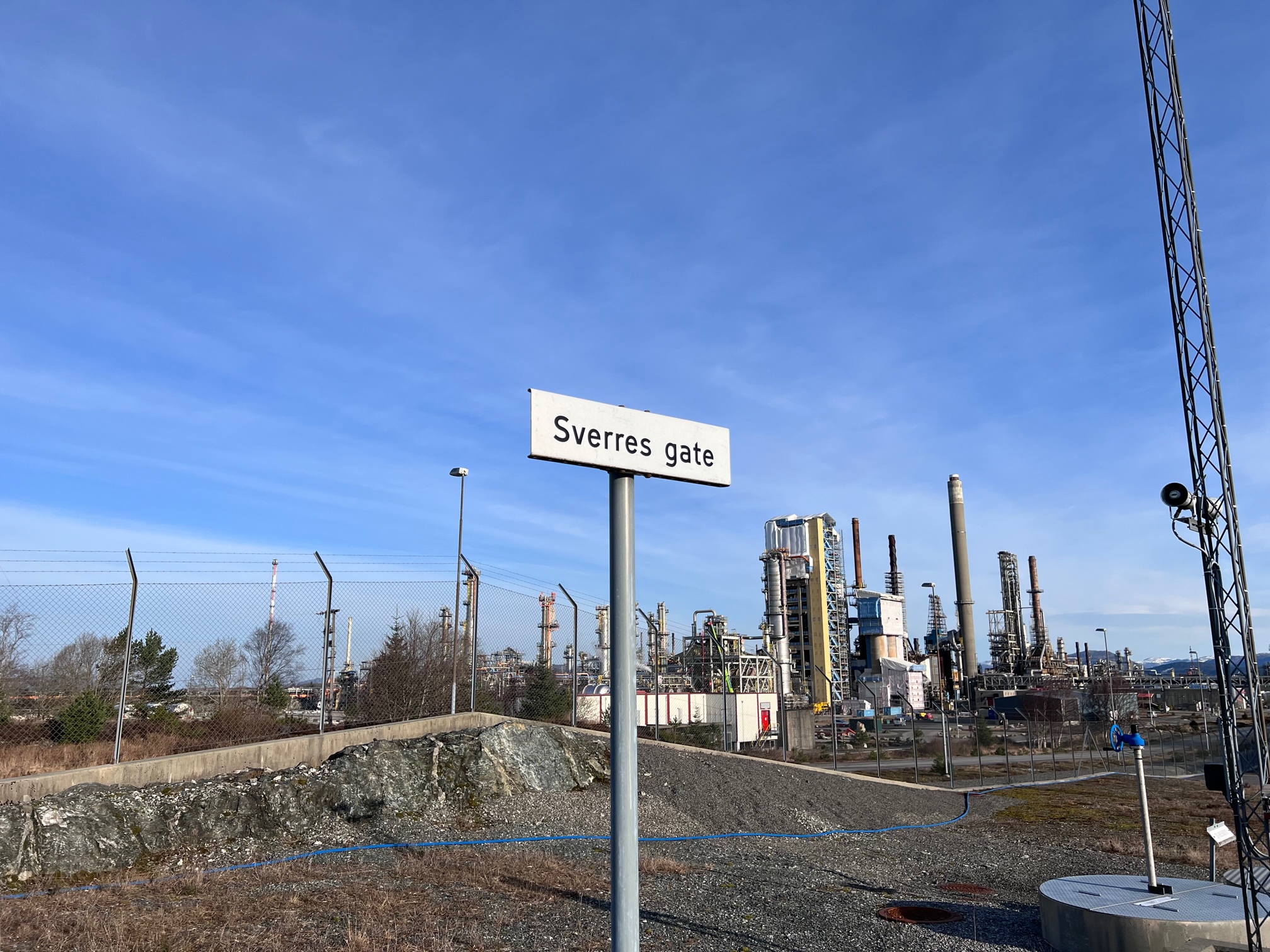
29.06.2022
– TCM has met great expectations
– After we put in place a realistic schedule and budget, the construction of the test facilwell. But best of all is that the operation of the plant has met our high expectations.
In my opinion, TCM has been crucial for carbon capture and storage going from being a good idea to a realistic solution and important contribution to the climate battle.
This says Sverre Overå (62). He was Equinor’s project manager for the development and construction of the test center at Mongstad. Since 2016, he has led the construction of Northern Lights, where the first part of the project will be completed and taken in use in two years. Phase two, starting in 2026, is under planning and the third phase is in the pipeline.
– The projects are similar in many aspects, both in that the owners are the same and that there is significant commitment from the Norwegian state. Expectations of results are high, both politically and in the population, and the strong element of innovation makes the work both challenging and interesting. But unlike the establishment of TCM, Northern Lights is very well anchored at the top of everyone who participates. This makes it easier to make decisions and ensure good progress during the project.
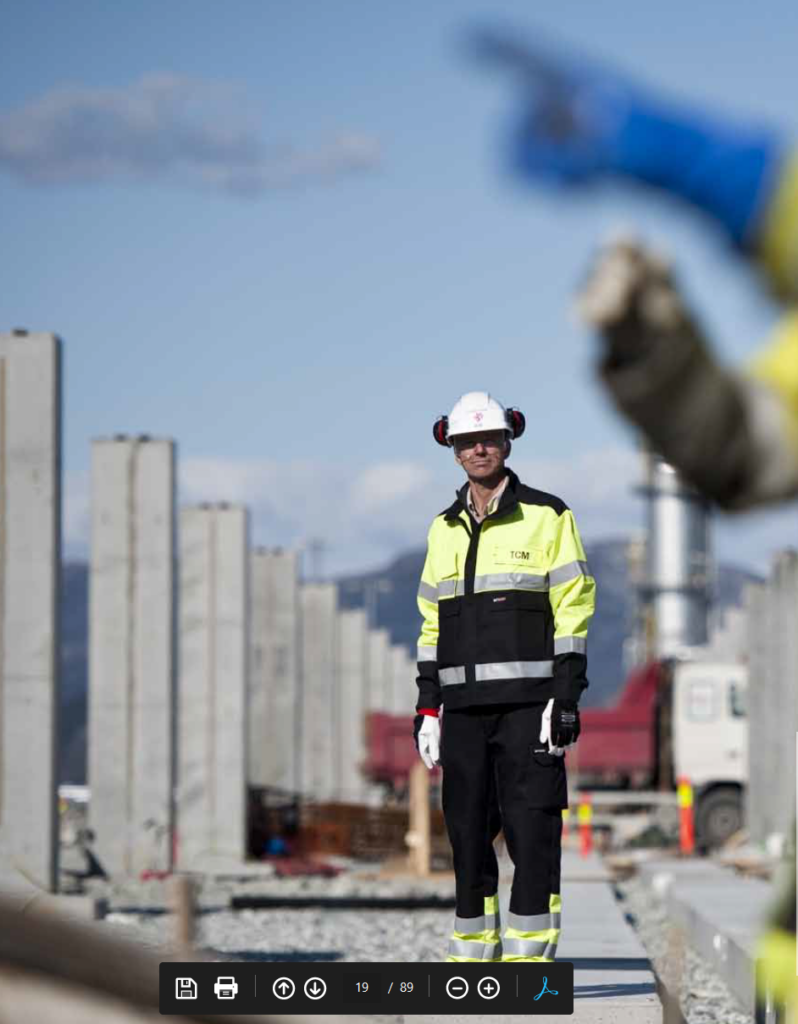
Sverre Overå was Equinor’s project manager for the construction of TCM. – The technology centre has been absolutely crucial for carbon capture and storage going from being a good idea to a realistic solution for achieving a reduction in greenhouse gas emissions – both in Norway and internationally.
Winding road to the goal
It was not straightforward to plan and carry out the construction of TCM. Sverre Overå’s entry into the project was in 2006 based on the job he had in Hydro’s oil department with the responsibility of CO2 management. The Stoltenberg government had taken the initiative to build a technology center, and Hydro, together with several other companies, was asked to provide an assessment of a project plan Statoil, now Equinor, had prepared – with the completion of the plant in 2009.
Based on the comments that came, a working group was set up on the initiative of Gassnova to revise the project plan. – The funny thing was that on the same day as we had our first meeting with Statoil, 18 December 2006, the StatoilHydro merger was announced by Helge Lund in the meeting room next door. We immediately thought that we could thus work completely in teams and were a little disappointed when we were told that it would be business as usual for another year.
The preparation of a project plan was more demanding than expected. It went almost two years before the project organization with Overå as a leader established itself in Stavanger. It soon proved more practical to work from Oslo, especially because all the contractor companies had their headquarters in the capital. In parallel, work was underway to establish the partnership agreement for TCM between Gassnova, Statoil and Shell, which was formally entered into at the founding meeting on 17 June 2009.
The local community was not prepared
– What was clear when we established the project organization at Mongstad was that the local community was unprepared for what TCM would entail. This applied to Statoil’s established organization at the refinery as well as local authorities and people. Many were surprised at how big the facility would be. In addition to a large parking area and pristine wilderness, we occupied barracks where Statoil’s pensioners’ association was located. Besides, we had to move the well-known Mongstad troll. This was not popular, to say the least, and for a while gave us the feeling of being a foreign element that took a little too much for granted.
However, these were not the only challenges for the project in relation to the surroundings. In both Austrheim and Lindås, there were current concerns that testing technologies for capturing CO2 would lead to dangerous emissions.
– This fear was a little strange, while they already had lived for many years with operations and emissions from a large refinery in the neighborhood. But it was also indicative of what one often experiences in processes that bring about change. People need time to adjust and get used to the new, says Overå, and adds:
– What I learned in particular and have taken with me from the TCM project is the importance of dealing with all stakeholders in a good manner, spending time listening and explaining to those concerned about conditions in a project they are interested in.
«Catching our future»
The establishment and construction of TCM is described in text and photos in the book «Catching our future». If you want to receive it, send an e-mail to hilde.bergum@tcmda.com
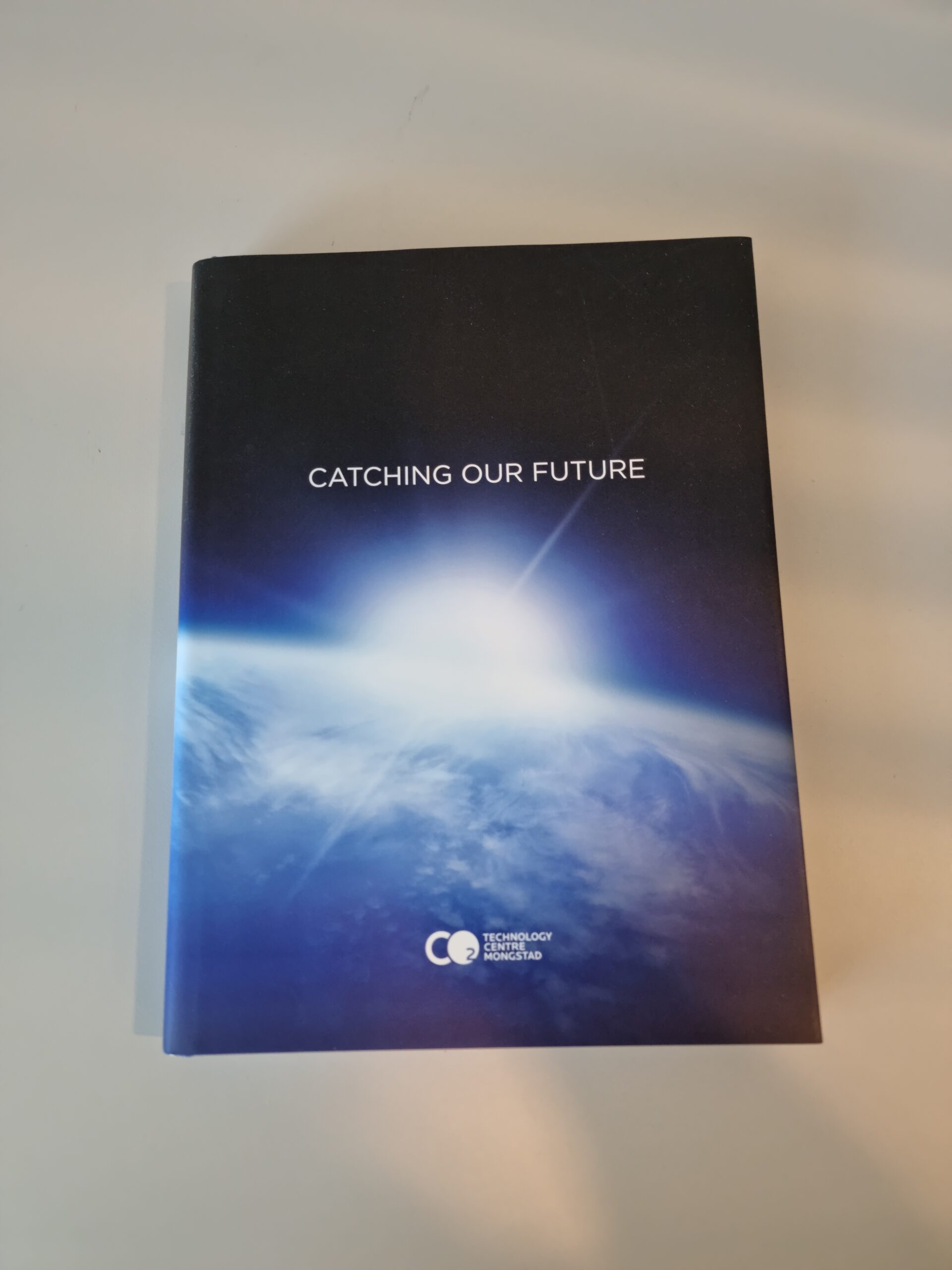
Has given «value for money»
Sverre Overå says that it was not uncomplicated to build the world’s largest test center for CO2 capture close to a large industrial plant.
– But when we first got started, I think the implementation of the project was good, both in terms of time and finances. That some thought the plant was too expensive is probably mainly due to the fact that the original cost estimates were too low. It is unfortunately the case that uncertain budget figures that are initially communicated for large construction projects tend to become entrenched and become a measure, regardless of what may be unknown cost factors or extra qualities in the project that are decided to be added along the way.
– Then it is also my opinion that the investment in TCM has been worth the money. The technology centre has been crucial for carbon capture and storage going from being a good idea to a realistic solution for achieving a reduction in greenhouse gas emissions – both in Norway and internationally. To test the use and effect of technologies that on the paper have looked good in the format TCM offers, is very important to be able to take the last step to use in full scale. Those who work at TCM with the operation of the facility have all the credit for that.
Arena for the development of new technologies
Sverre Overå believes that the expertise built up at TCM will also be valuable in the years to come.
– The potential for improvements in amine-based technologies is probably limited. Here, TCM has contributed to the development of a market with several good providers of technology that can be used in various industries. But TCM can still play an important role in the development of completely new capture technologies that provide significant reductions in costs and energy use than those currently available. It will be like the leap in the battery industry from production in lead to lithium. TCM has the physical areas and the infrastructure the technology developers need – and not least very skilled professionals in the field.
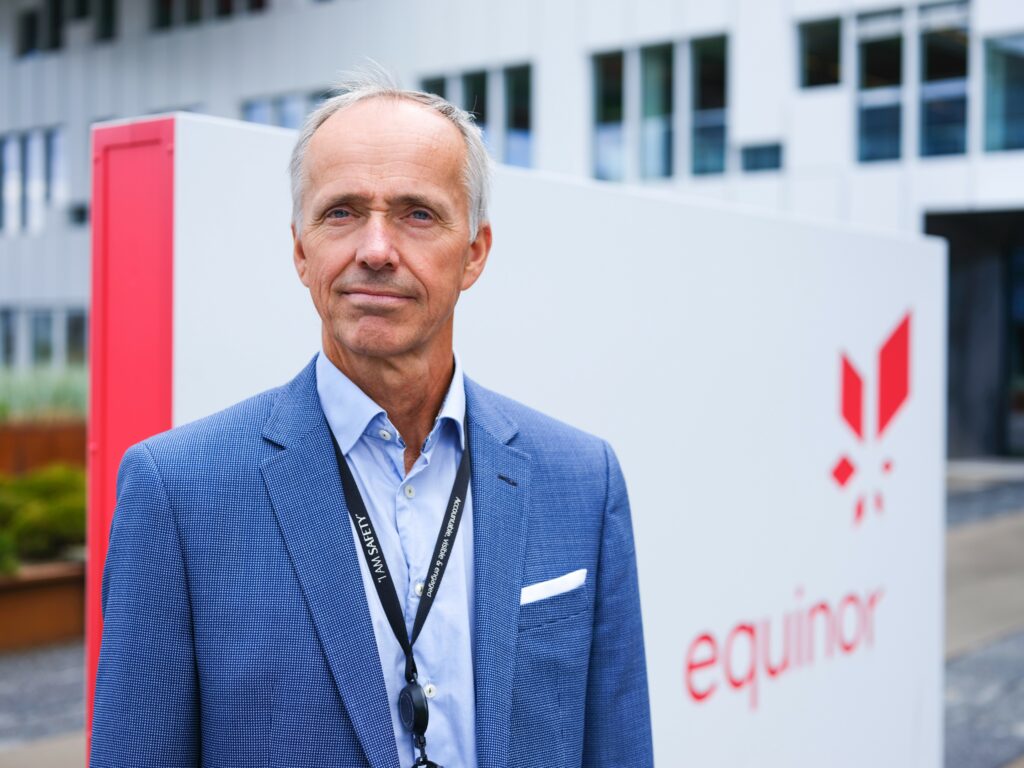
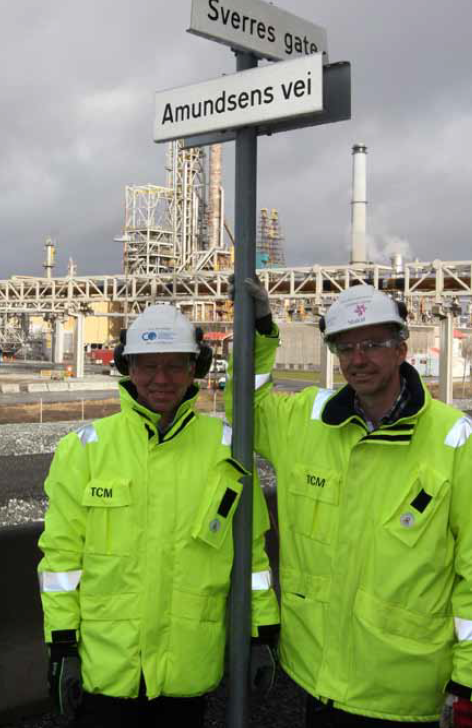
Sverre Overå (right) together with TCM’s first Managing Director, Tore Amundsen, in 2012. Both have had streets at the facility named after them.

